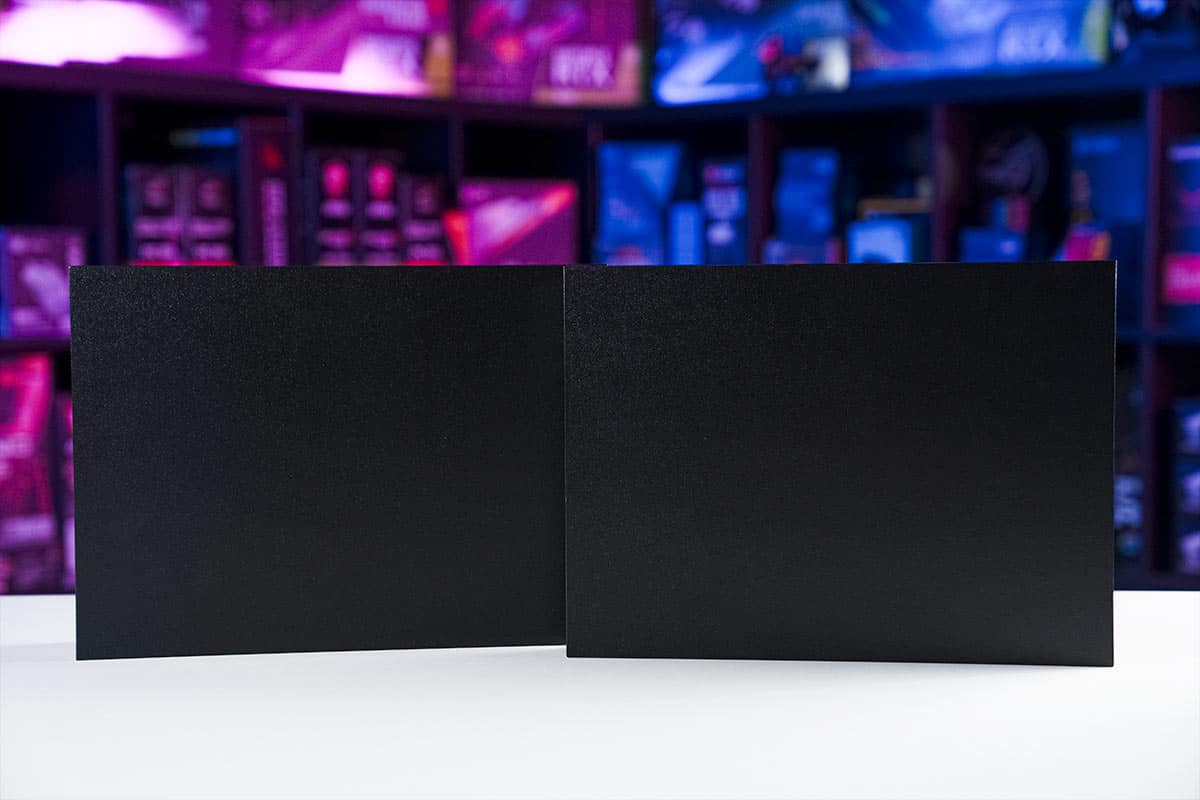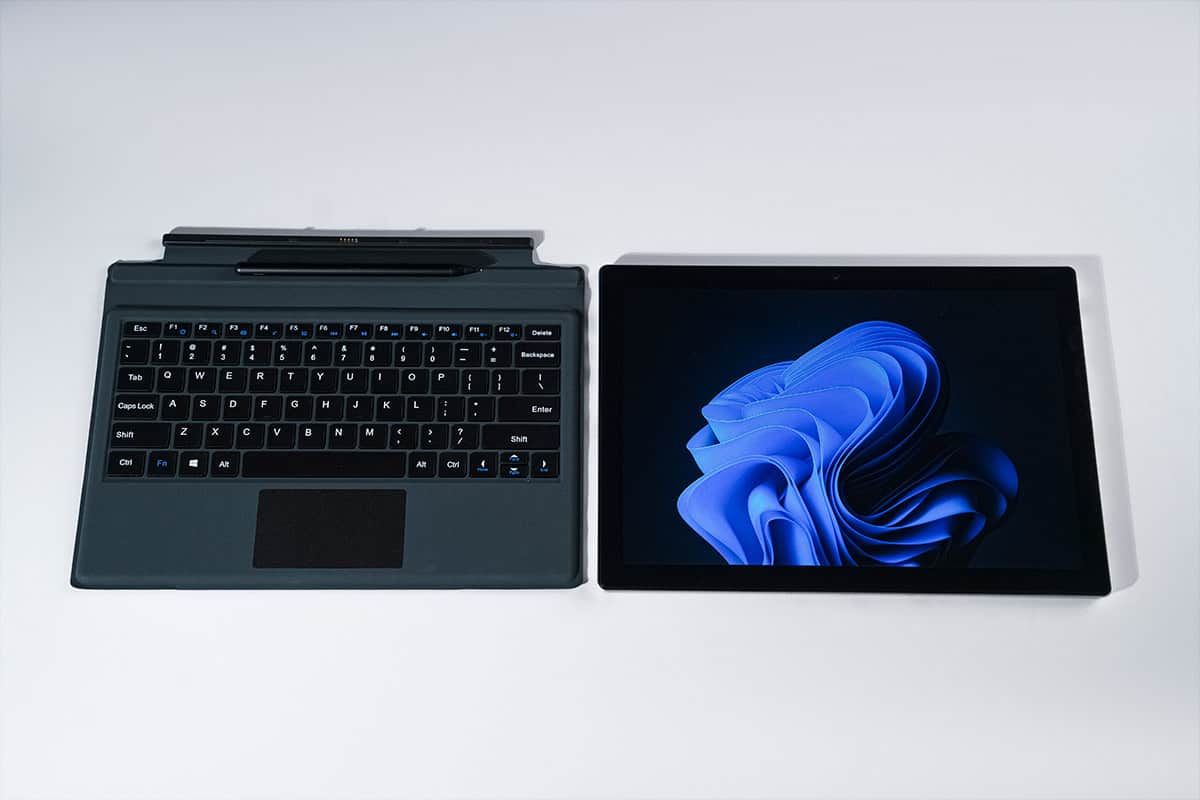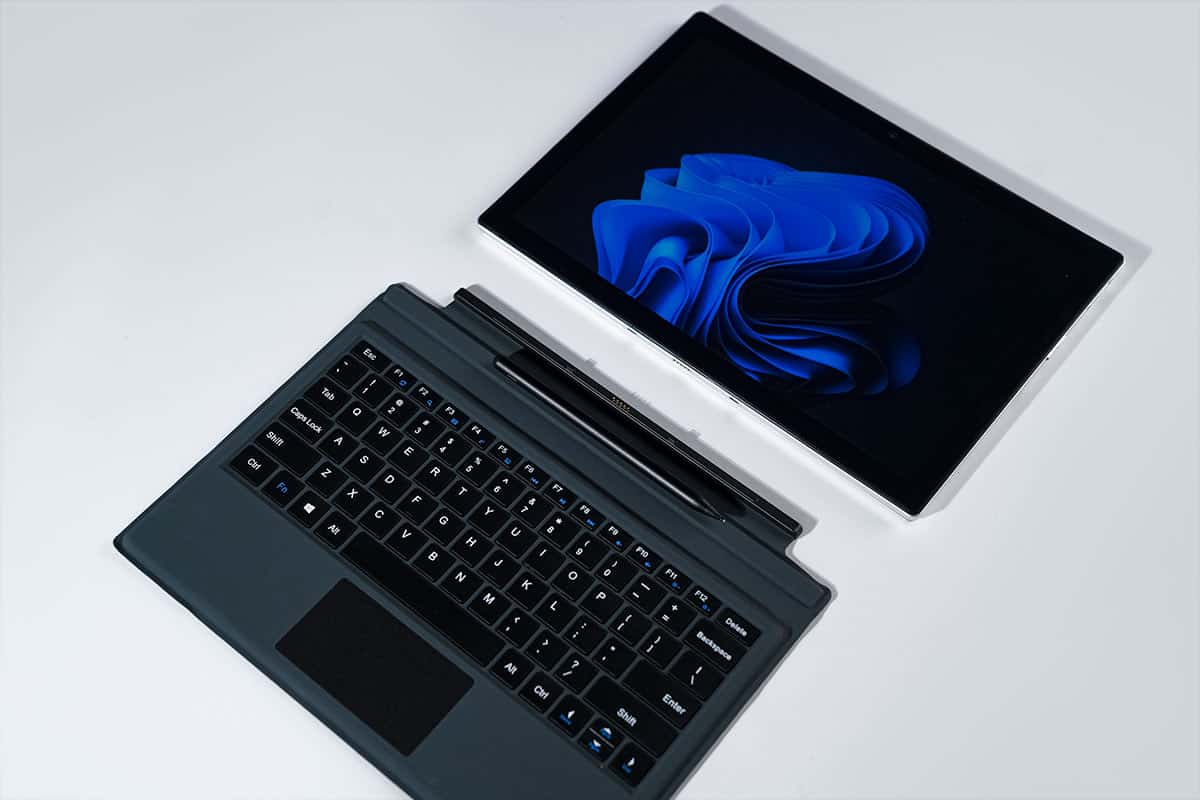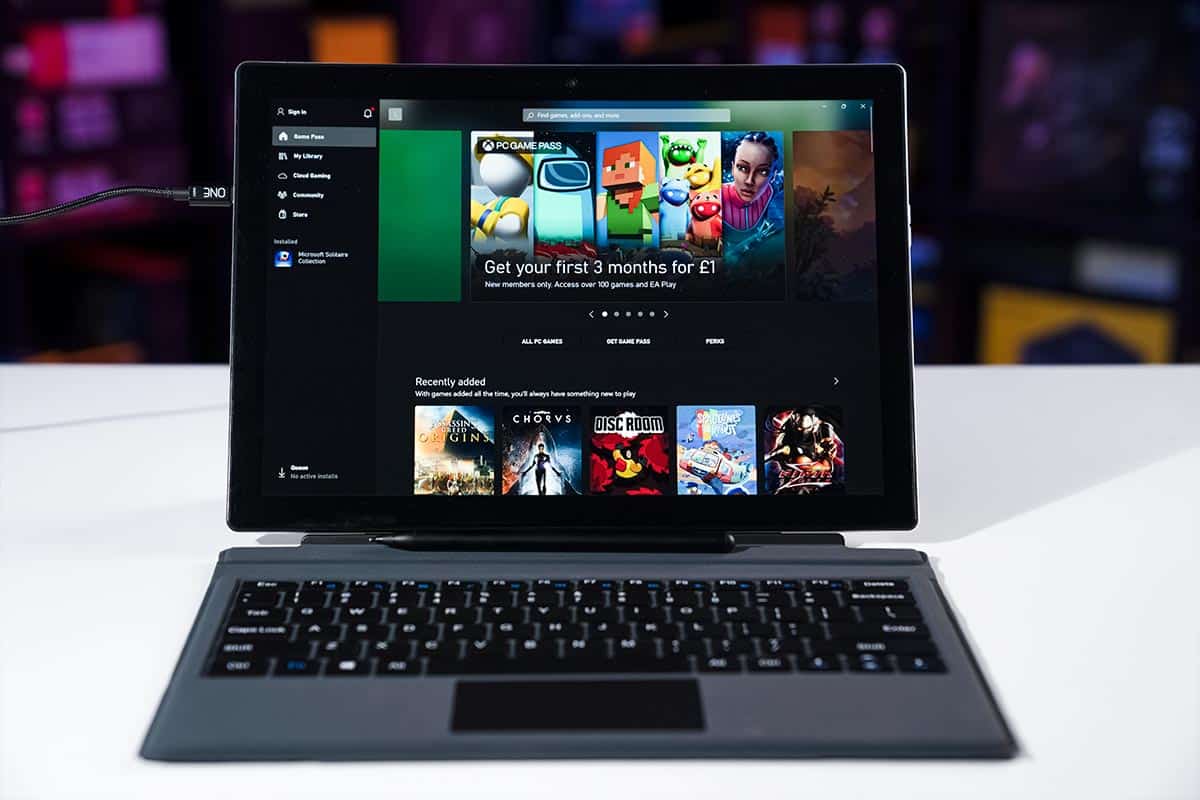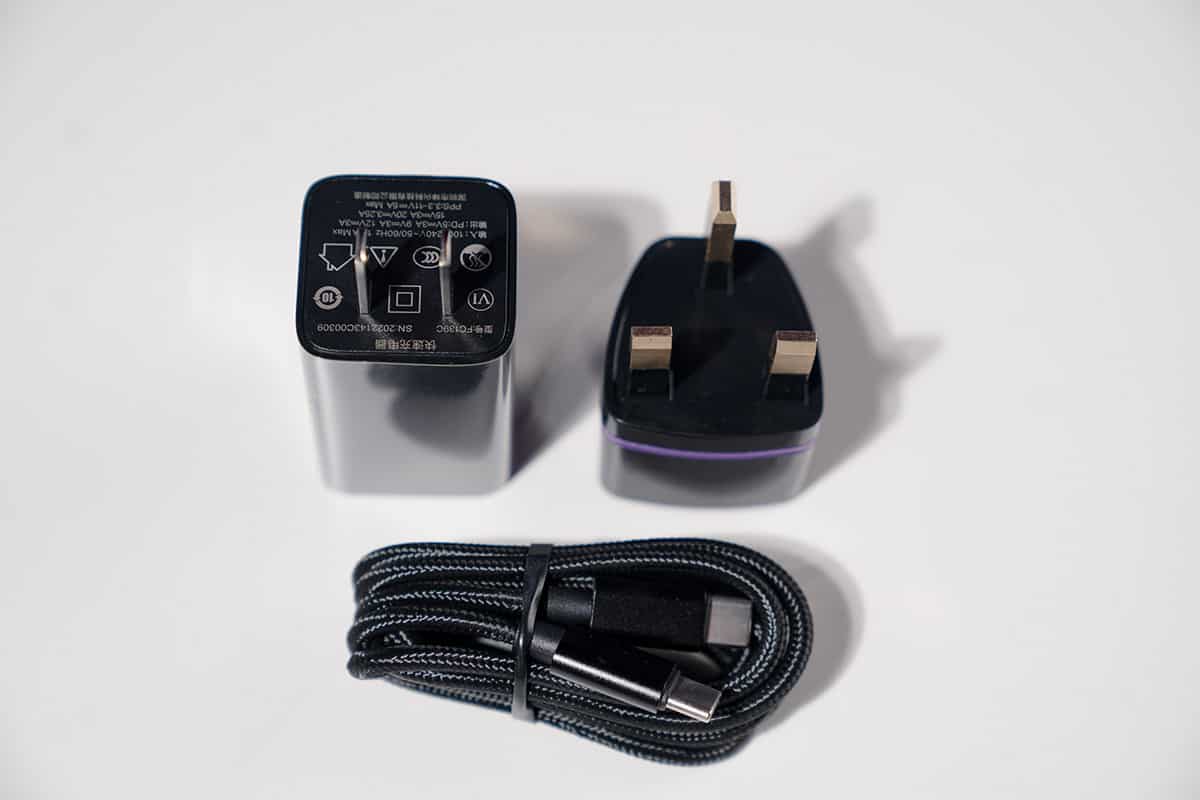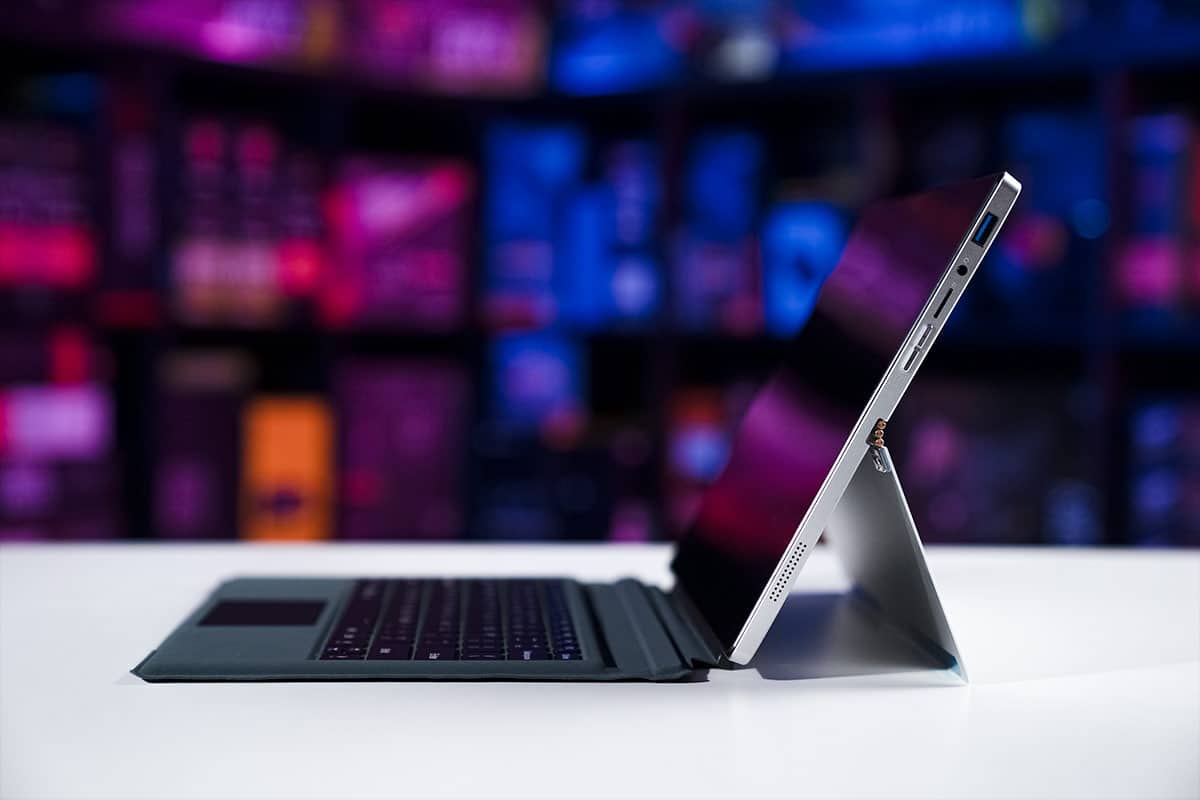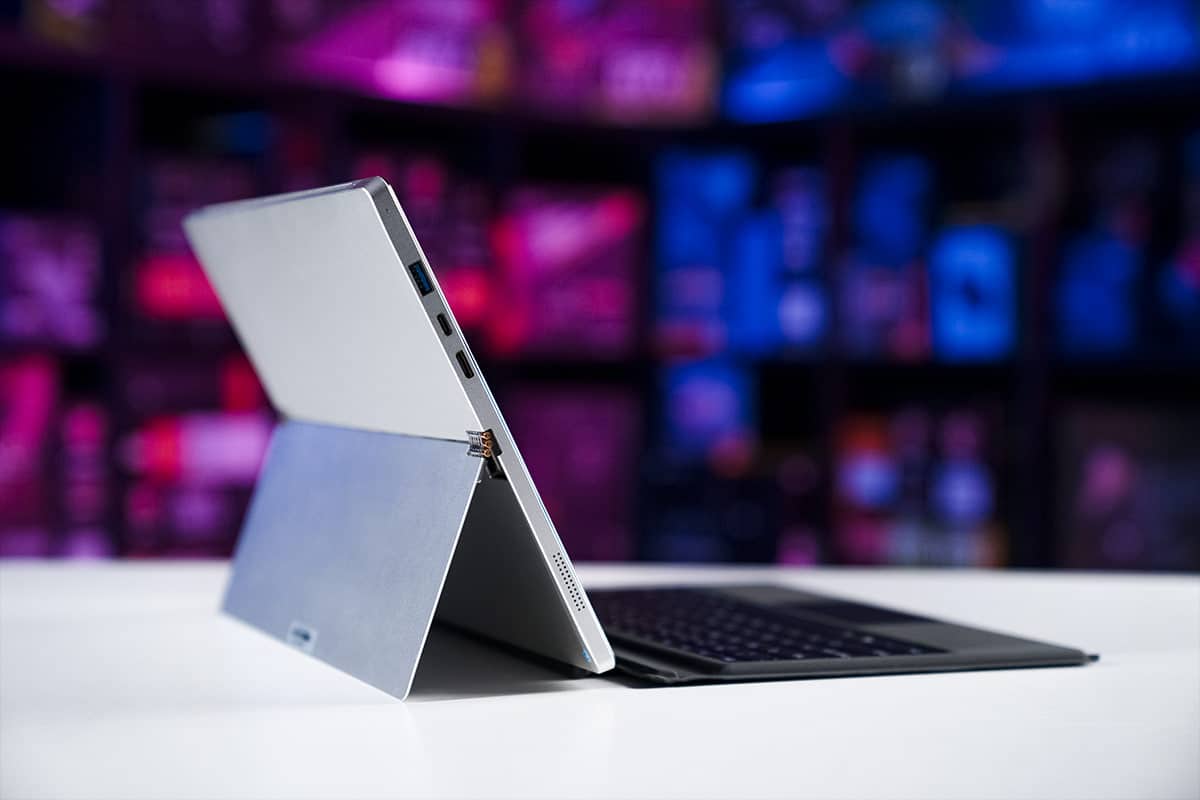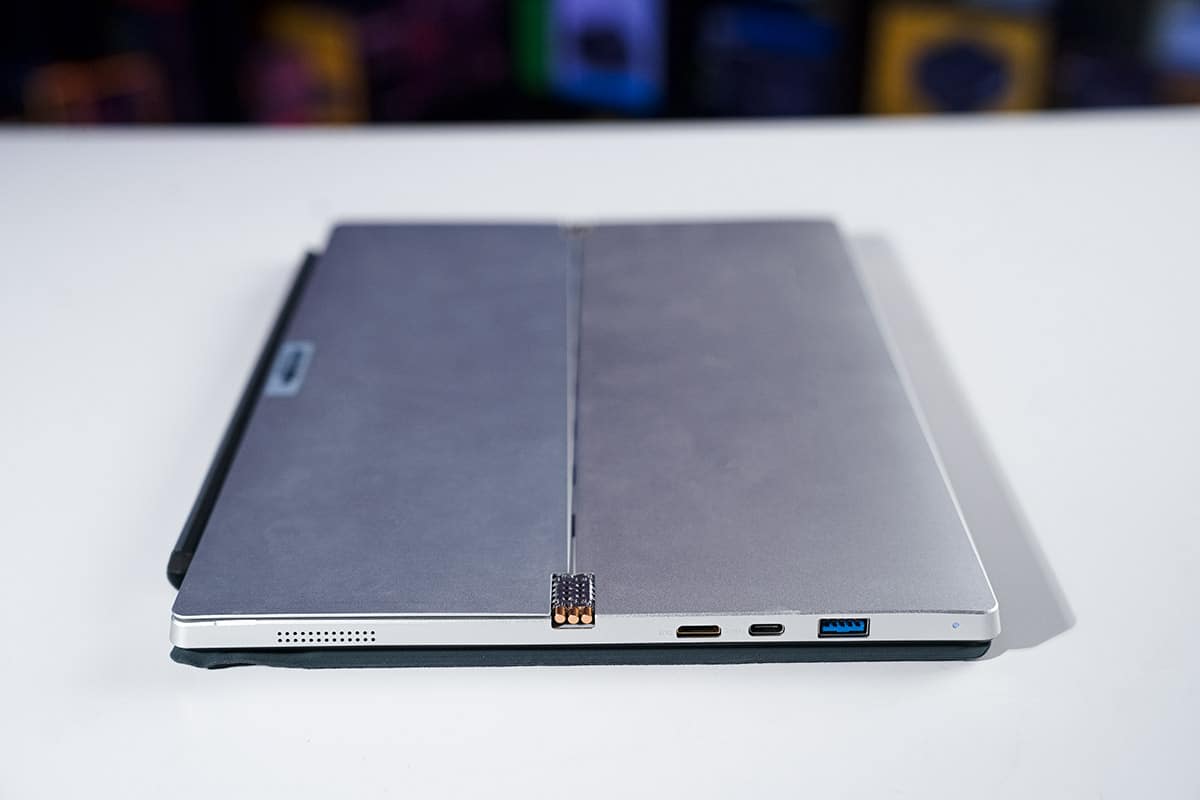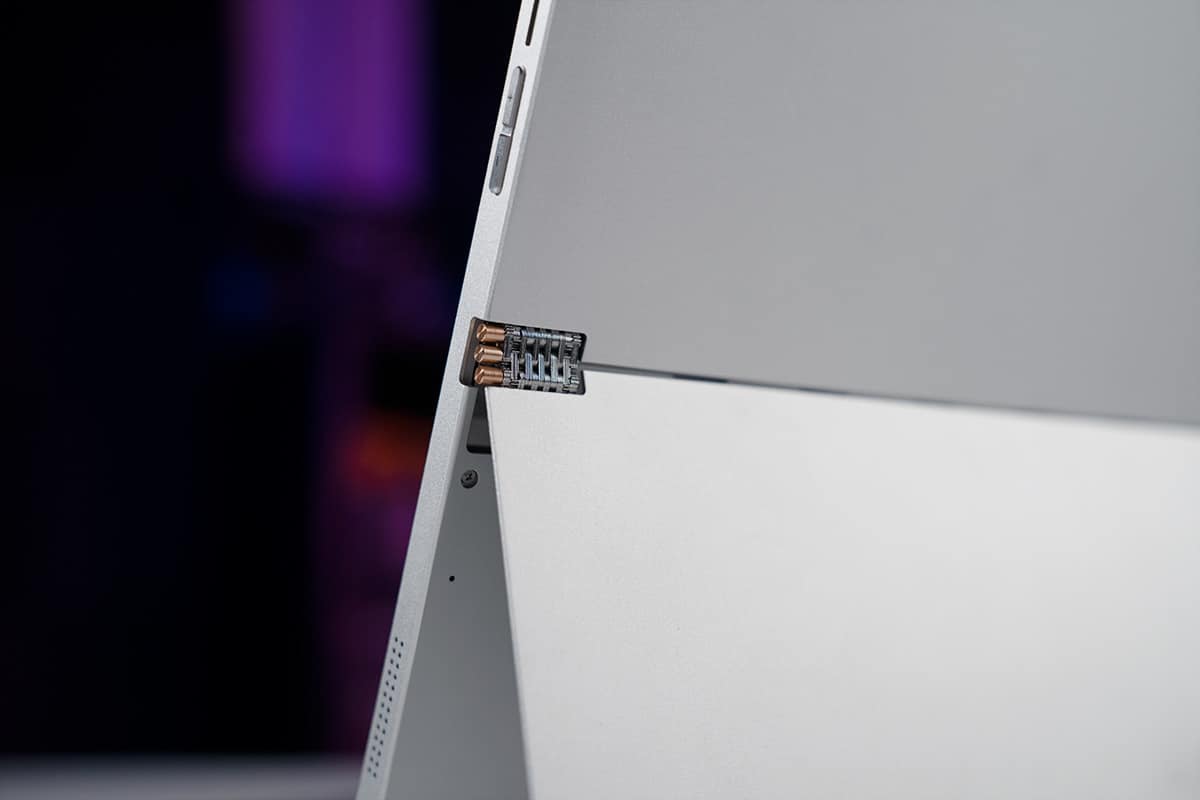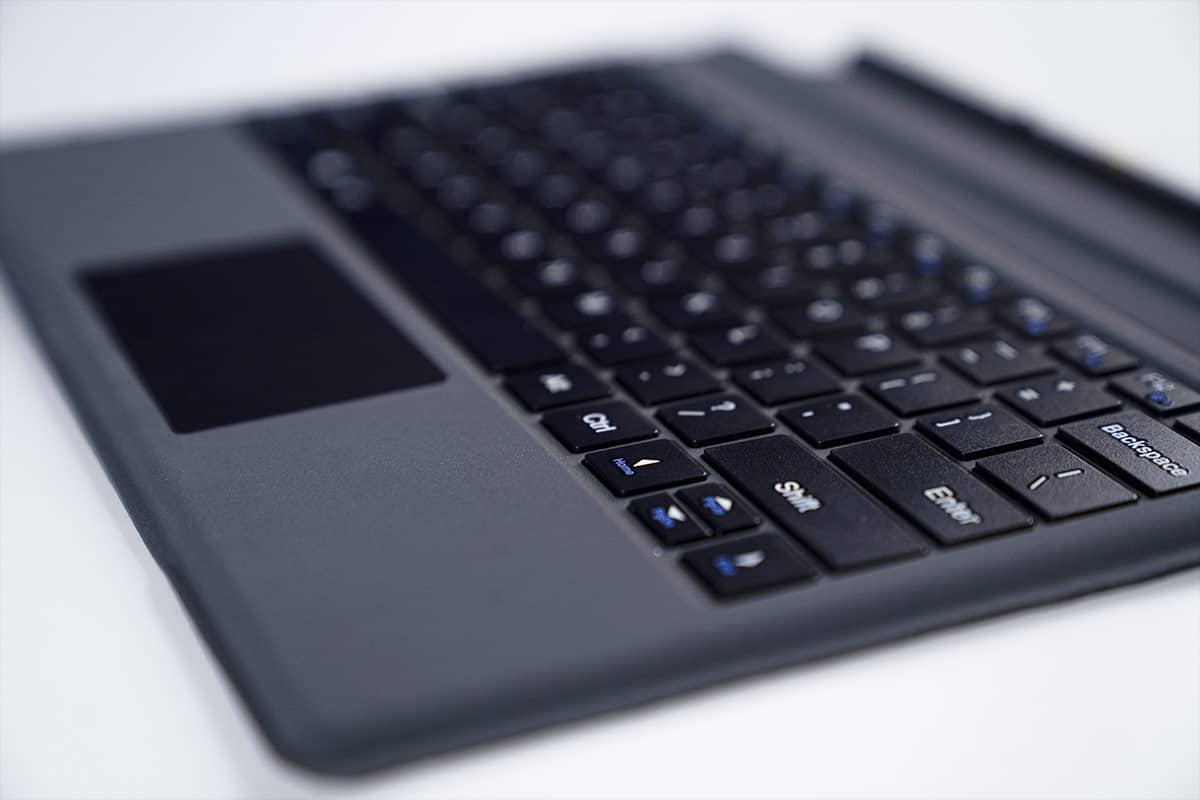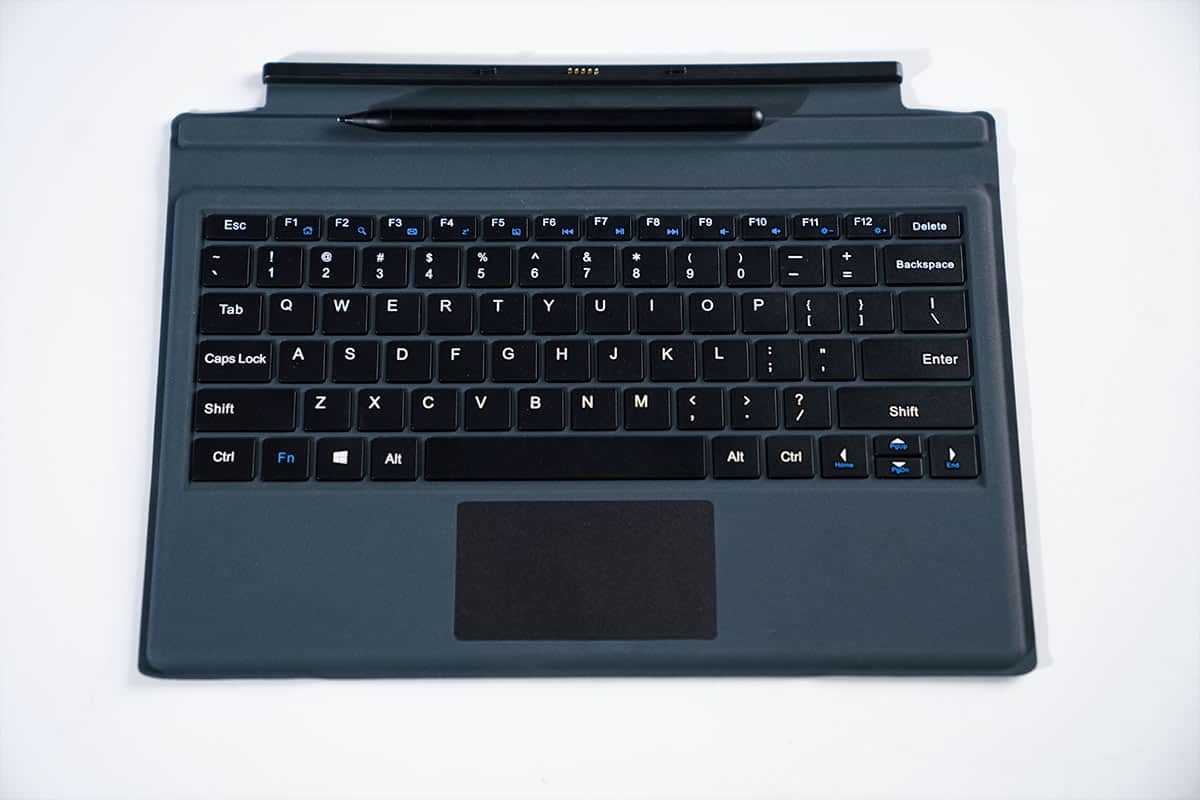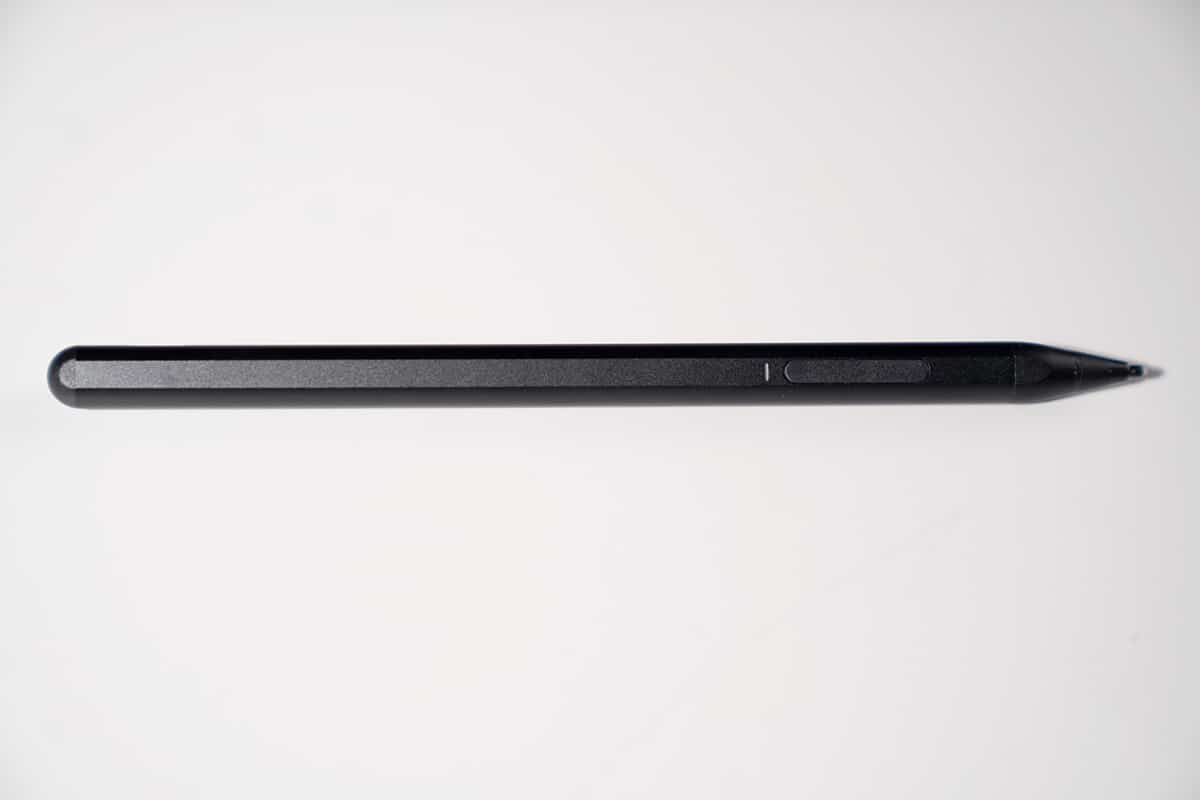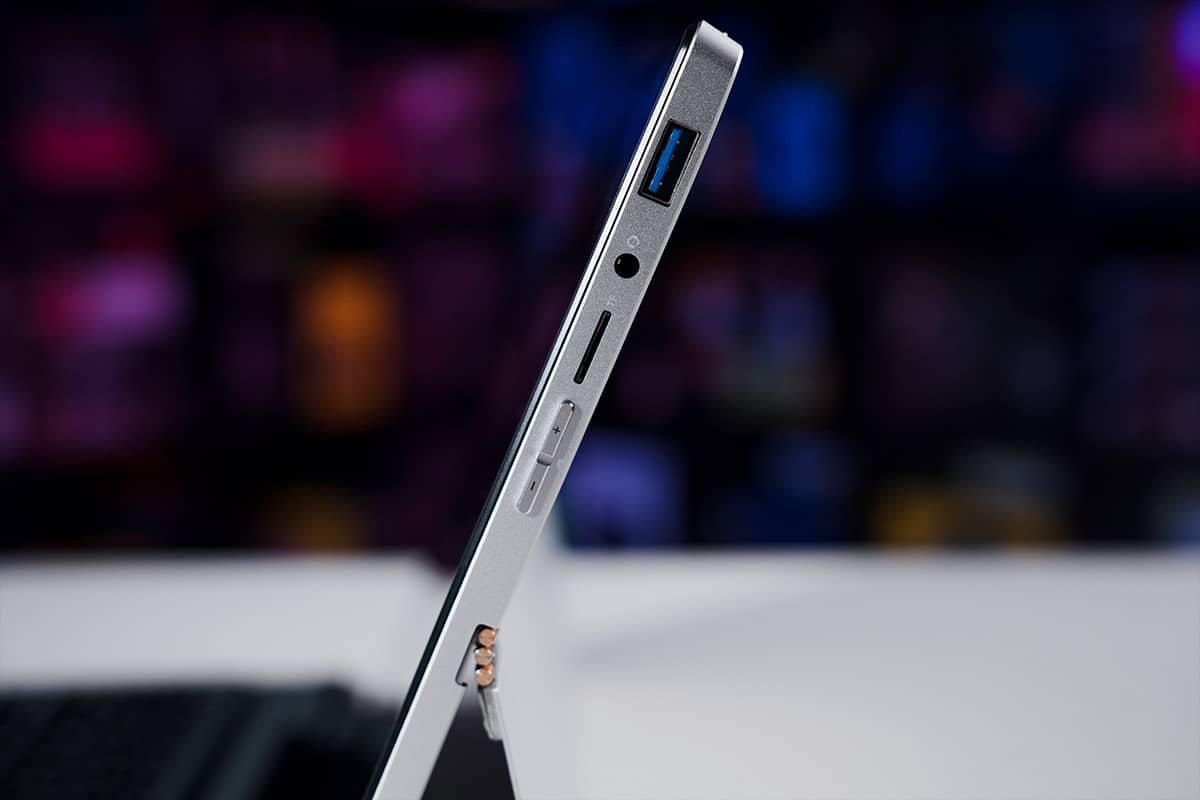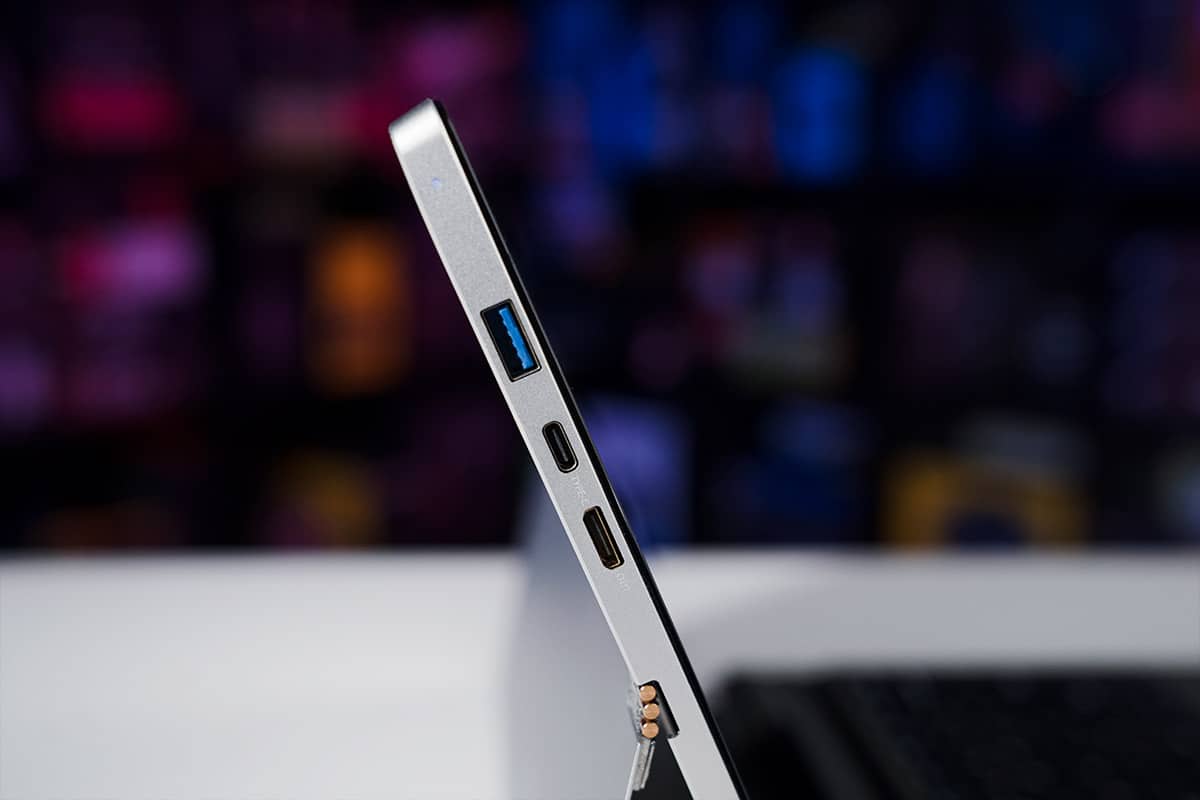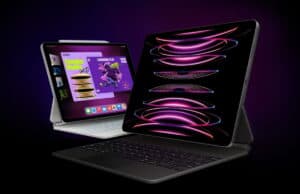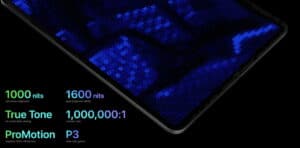One-Netbook T1 review
Is this cheaper Microsoft Surface Pro 8 alternative worth your money?
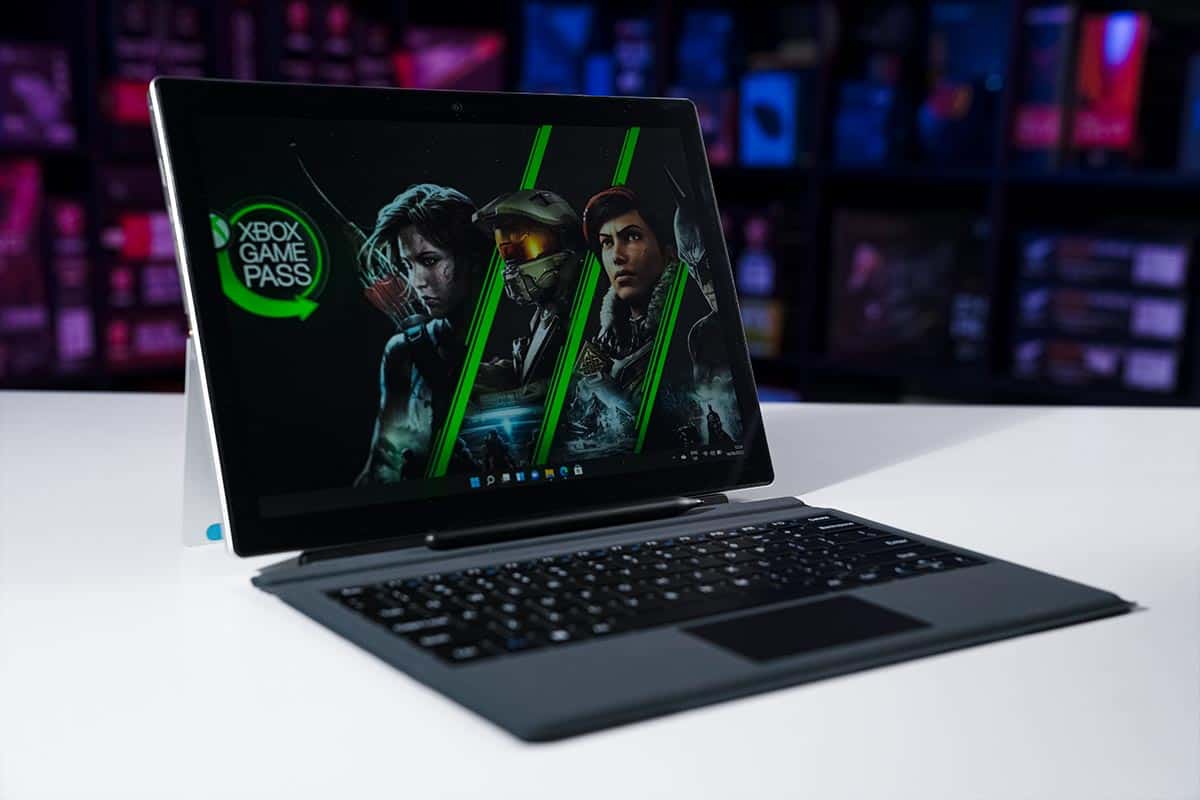
WePC is reader-supported. When you buy through links on our site, we may earn an affiliate commission. Prices subject to change. Learn more
The One Netbook T1 surface/tablet is an interesting proposition on several levels: it’s a very close design to the Microsoft Surface Pro 8 yet is substantially cheaper, it is one of the few Intel 12th gen tablets on the market, and, like previous models from One Netbook, it is being launched by an Indiegogo crowdfunding campaign.
If you sign up as an early adopter via the One-Netbook T1 Indiegogo page, you get a discounted early bird price on whichever one of the different spec versions you want (though time on this is limited, so move fast!). Read on for all the specifications, pricing details, and our in-depth hands-on review of this surface-like tablet with a detachable keyboard.
One-Netbook T1
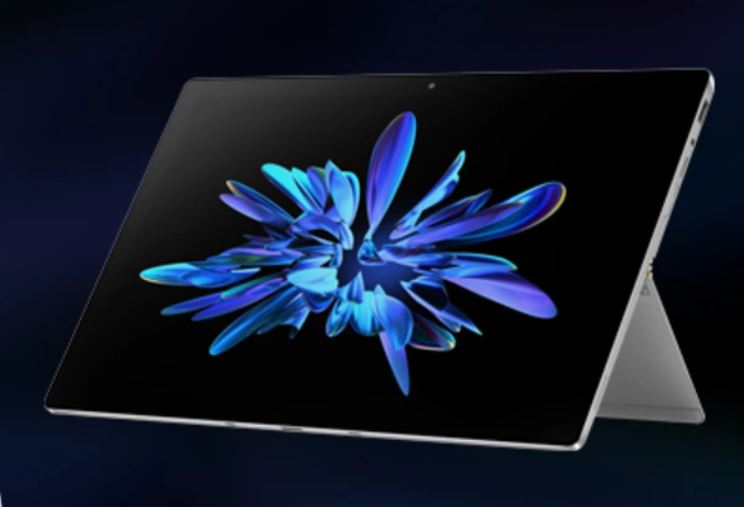
CPU
Intel Pentium Golg 8505 / Intel Core i5-1240P / Intel Core i7-1260P
Graphics
Intel Xe (iGPU)
RAM
8GB/16GB 5200MHz LPDDR5
Storage
256GB/512GB/1TB/2TB M.2 2280 NVMe PCIe3.0x4
Screen size
13″
Max Refresh Rate
60Hz
One Netbook T1 price & specifications
CPU
Intel Pentium Golg 8505 / Intel Core i5-1240P / Intel Core i7-1260P
Graphics
Intel Xe (iGPU)
RAM
8GB/16GB 5200MHz LPDDR5
Storage
256GB/512GB/1TB/2TB M.2 2280 NVMe PCIe3.0x4
Screen size
13″
Max Refresh Rate
60Hz
Resolution
2160 x 1440
Panel Type
IPS
Touchscreen?
Yes
Webcam
1080p (2 megapixel)
Weight
1.0kg / 2.2lb
Ports
1x USB-A 3.2, 1x USB-C, mini-HDMI, 3.5mm audio combo jack, TF card reader
- powerful 12th gen CPU options
- decent value for money
- great whites, blacks, contrast ratio & gamma
- great sRGB color replication
- good build quality on the chassis
- poor keyboard and trackpad
- disappointing battery life
- doesn’t draw as smoothly as the Microsoft Surface Pro
- poor speakers
- no Thunderbolt
The cheapet CPU option for the T1 is the Intel Pentium Golg 8505 (1P + 4E cores, 15W TDP), but we’d say this is the least interesting choice compared to the Intel 12th gen CPU spec versions, which cost a bit more money but have substantially better performance. The option we have here to test is the Intel Core i5-1240P (28W) but there’s also the more expensive Intel Core i7-1260P.
Unlike the other Intel 12th Gen CPU tablet on the market, the ASUS ROG Flow Z13, which is designed specifically for gaming, the T1 only comes with an integrated Intel Xe GPU, not a dedicated graphics card. Couple this with the 60Hz refresh rate cap on the display, and this isn’t a tablet designed for gaming, however, the more powerful CPU options are certainly capable of playing older, less-demanding titles, as we will see later.
Of the different RAM options, we’d definitely opt for the 16GB version, which comes as a very speedy 5200MHz LPDDR5. The storage options are great, going all the way up to an impressive 2TB option. Bear in mind that its not possible to upgrade either RAM or storage Of the different RAM options, we’d definitely opt for the 16GB version, which comes as a very speedy 5200MHz LPDDR5. The storage options are great, going all the way up to an impressive 2TB option. Bear in mind that its not possible to upgrade the soldered-on RAM (as you’d expect from a tablet), so make sure you don’t skimp on this area and regret it down the line. You can, however (with some difficulty) unscrew the six small Phillips head screws and remove the back, to upgrade the storage or battery post-purchase
The MSRP of the entry-level Intel Pentium Golg 8505 CPU model of the device currently stands at $719, which is a 25% discount compared to the $899 for the lowest-powered Microsoft Surface Pro 8. The other SKUs have similar discounts compared to the Microsoft tablet.
As can be seen in the graphic below you can save 6% – 11% off the full asking price for each of the different SKUs of the tablet if you pre-purchase via the Indiegogo campaign before the deadline.
Design aesthetics
The main chassis of the tablet looks very similar to a Surface Pro 8 in proportions and design. The reverse of the tablet was silver in color, with nice copper detailing on the interesting look segmented hinges for the stand.
The detachable keyboard on the other hand, isn’t the most visually appealing. The lettering on the keys, particularly the larger ones on the sides (Tab, Caps Lock, Shift, Enter) is notably low resolution, and they almost like they’ve been stuck on due to the black outline around them. One-Netbook has caveated heavily that, with respect to the pre-release test model we had to review “The product appearance and details will be greatly improved and polished” before the full release. Hopefully then the keyboard styling is one of the areas that One-Netbook resolves when the device is released.
Size, build quality & ergonomics
The dimensions of the One-Netbook T1 are as follows:
Height: 0.98cm / 0.39″, Width: 30.6cm / 12.05″, Depth: 21.7cm / 8.54″
Looking at the weight now:
Tablet: 1.0kg / 2.2lb, detachable keyboard: 0.3kg / 0.66lb, power adapter & cable: 0.14kg / 0.30lb, combined weight 1.44kg / 3.17lb
Compared to the Microsoft Surface Pro 8 (which weighs around 891g), the One Netbook T1 is just over 100g heavier, though in practice is still very light and portable.
In terms of the build quality, the metal chassis of the T1 is solid, and not far away from that of the Microsoft Surface Pro 8. The volume buttons on the top right side are satisfyingly clicky, and the fold-out metal stand is nice and sturdy and the 180-degree folding hinges feel solid and durable.
The detachable keyboard however, is not the best. It feels substantially cheaper than that on a Surface Pro 8, and in the angled fold-up position, wobbles a fair bit under the touch, certainly more so than the study magnetic click-together keyboard on the ASUS ROG Flow Z13 (more on this below).
Keyboard, trackpad & stylus
The detachable membrane keyboard with trackpad is very similar to that of a Microsoft Surface Pro 8, but frankly, not as good. The keys are adequately responsive with decent travel (not as good as the Surface Pro 8, but still decent), and have a slightly rough matte feel which, one might like or dislike depending on your preference.
The real issue though is that when the keyboard is attached and angled upwards into the standard typing position it bows and flexes considerably when you type on it. This is in contrast to the Surface Pro 8 which magnetically locks in place, providing a much more firm and sturdy base to type on. Having the entire keyboard depress and then bounce back up with every keystroke on the One Netbook T1 is quite irritating. More expensive devices like the ASUS ROG Flow Z13 and the Apple magic keyboard, which you can get for the iPad Pro, are far superior, though obviously cost a lot more money.
The trackpad was also less than impressive on the T1. The small size of it leads to your fingers feeling fairly cramped at times, and click-dragging often didn’t work correctly as the pad seemed to have trouble detecting the input of both fingers are the same time. The amount of force needed to depress the pad also seems to be different at different points on the pad, which is less than ideal.
The pen (which can be bought separately for around $39) utilizes Microsoft Pen Protocol 2.5 with 4096 pressure levels (so is compatible with a Microsoft Surface) and comes with two buttons. It doesn’t draw as smoothly on the screen as you’d get on a Microsoft Surface Pro 8 (which feels more like drawing on a pad of paper), so artists will want to bear this in mind, though it still works fairly nicely.
Webcam & inbuilt microphone
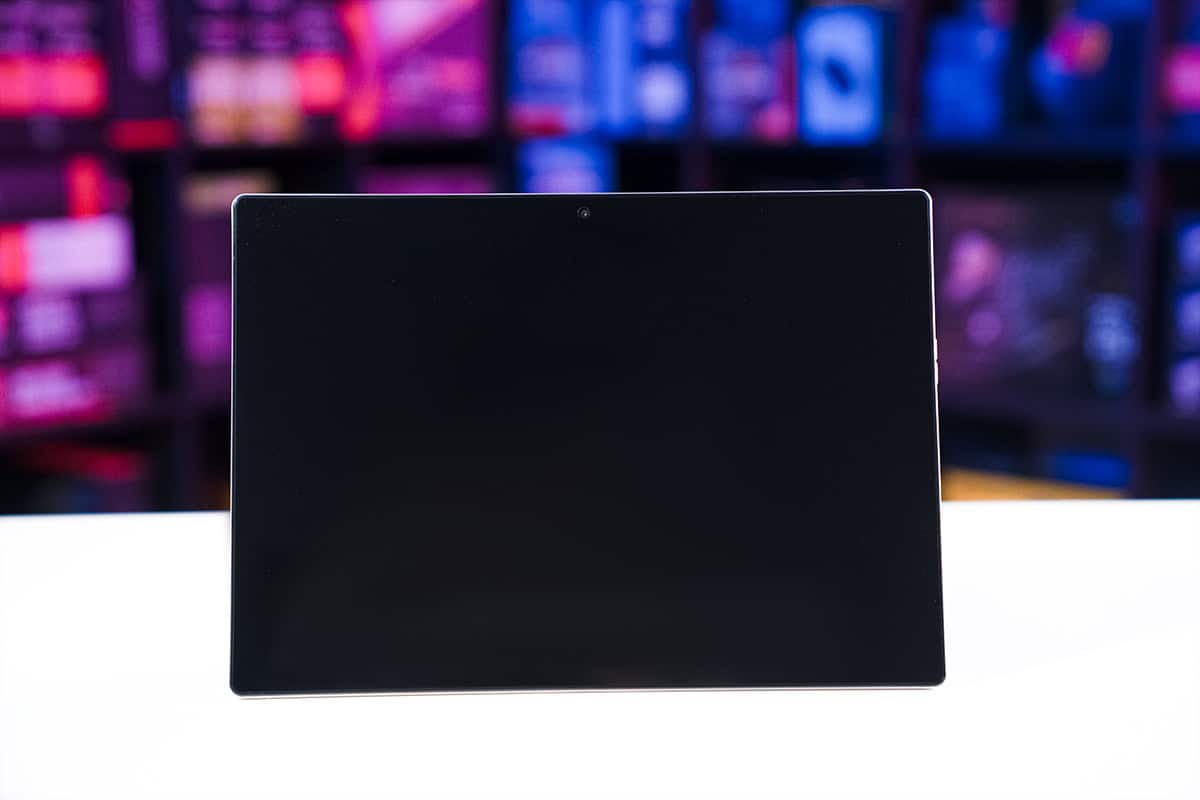
There is only one webcam on the T1 (unlike the Surface Pro 8 which has a rear-facing one too) but it’s a decent quality 2 MegaPixel 1080p camera that we have no complaints about, though it’s not up there with the 5 MegaPixel Surface Pro version. Microphone quality is solid.
Ports, sockets, and other features
It’s a disappointment that we don’t get a Thunderbolt 4 port with this tablet, but besides this it has superior port coverage variety compared to the Surface Pro 8, coming with a USB-A 3.2 port as well as a USB-C. You also get a TF card reader, which is good news for creatives.
Screen
The One-Netbook T1 screen resolution is 2160 x 1400, which isn’t quite up there with the Surface Pro 8, but definitely a pleasingly high resolution on a 13-inch size screen. The display has a 3:2 aspect ratio typical on many tablets that gives a bit of extra headroom when looking at documents, browsing the web, or doing any kind of creative workflow, and it’s a good design choice for a smaller-sized device like this where screen space is at a premium.
The refresh rate maxes out at 60Hz, as you’d expect from a non-gaming screen. Obviously, being a tablet device, it has touch screen functionality, and we found this to be fairly responsive throughout our testing – when using fingertips there’s not really anything negative we can say about it, though as mentioned when using a stylus/pen it didn’t feel as smooth as higher-priced competitors, though this could be more to do with the pen than the display.
One-Netbook T1 color gamut
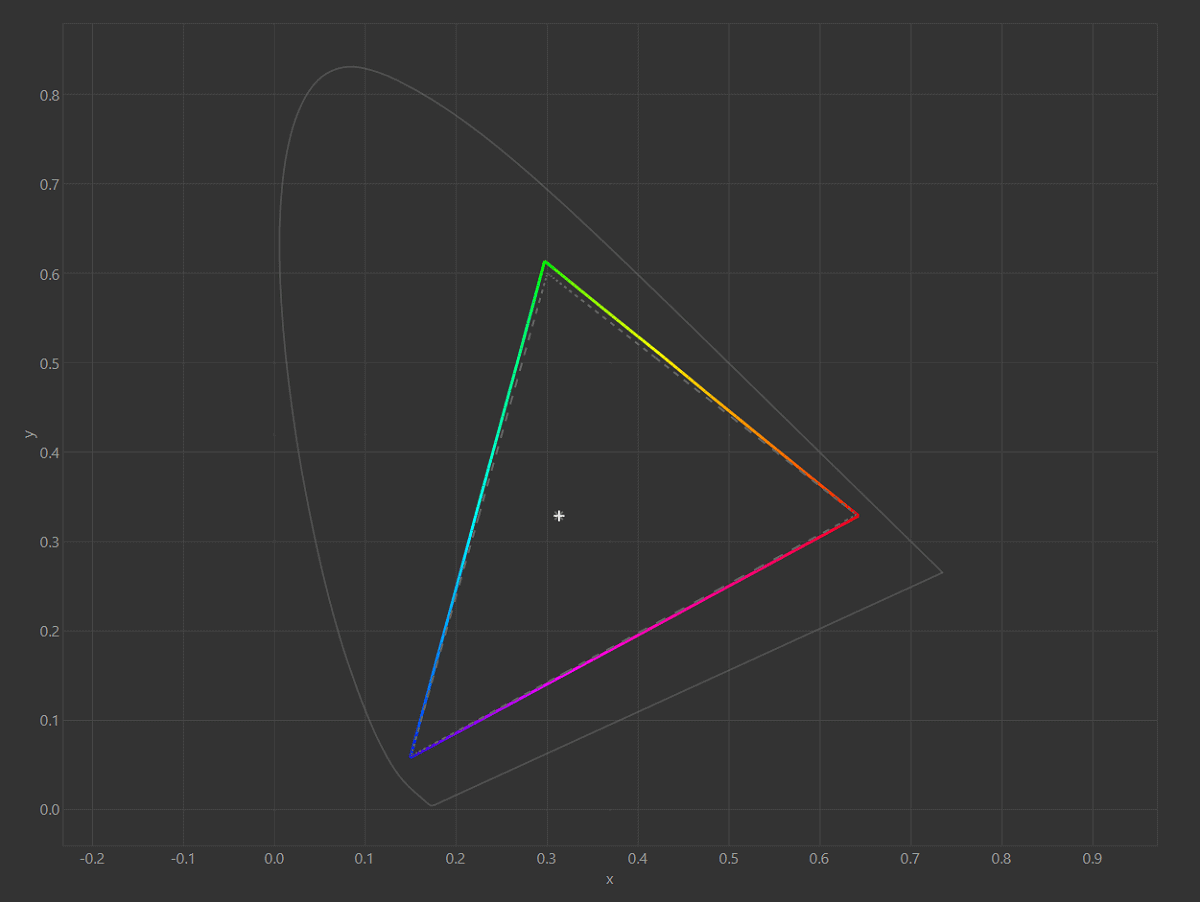
One-Netbook claims that the color gamut of this display covers 100% of sRGB space, and in our tests we measured 99.5% – which is certainly close enough. Adobe RGB coverage was 71.5% and DCI-P3 was 74.0%.
Based on these results, the screen is definitely suitable for color-accurate work in the sRGB space.
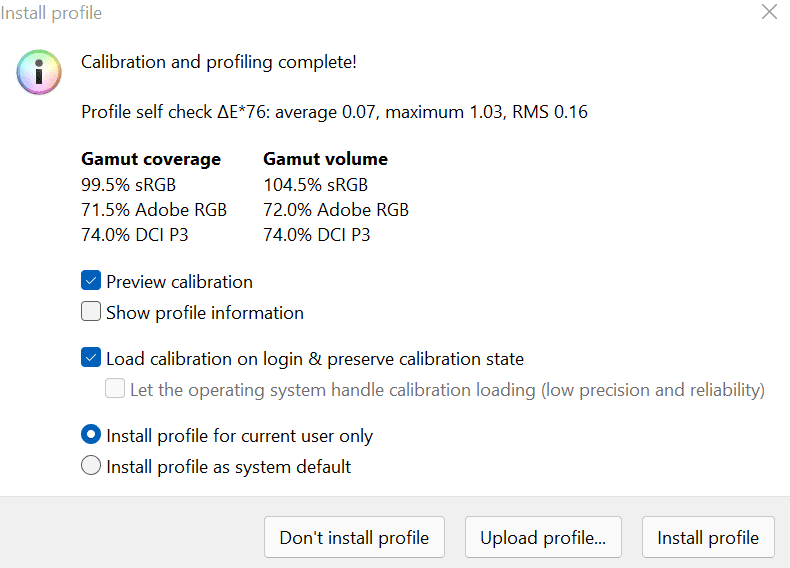
One-Netbook T1 color accuracy out of the box
Prior to calibrating the display, the color accuracy of the T1 out of the box showed an average delta of 1.17, which is quite impressive indeed, and well below the 2.5 threshold that marks a respectable level of variance. White point was solid at 6733K, not far off the ideal 6500K result, and gamma was very good at 2.28 (very close to the 2.2 ideal). Black depth was also nice and low at 0.097 cd/m², and the contrast ratio of 1237:1 was impressive – far better than the 500:1 that One-Netbook claimed. In short: great results across the board, particularly in terms of the average delta, gamma, and black point.
One-Netbook T1 color accuracy following calibration
Although the above results indicated to us that some factory calibration had already likely occurred on this device, we decided to do a quick calibration ourselves to see if it would make much of a difference.
Post-calibration, gamma improved from its already good result to 2.19. The average delta actually got slightly worse, increasing to 1.25. The contrast ratio also got slightly worse, reducing to 1228:1 and similarly the white point, which increased a touch to 6764K. The black point didn’t change whatsoever. To summarise, the calibration wasn’t worth bothering with and made things slightly worse overall.
One-Netbook T1 panel uniformity
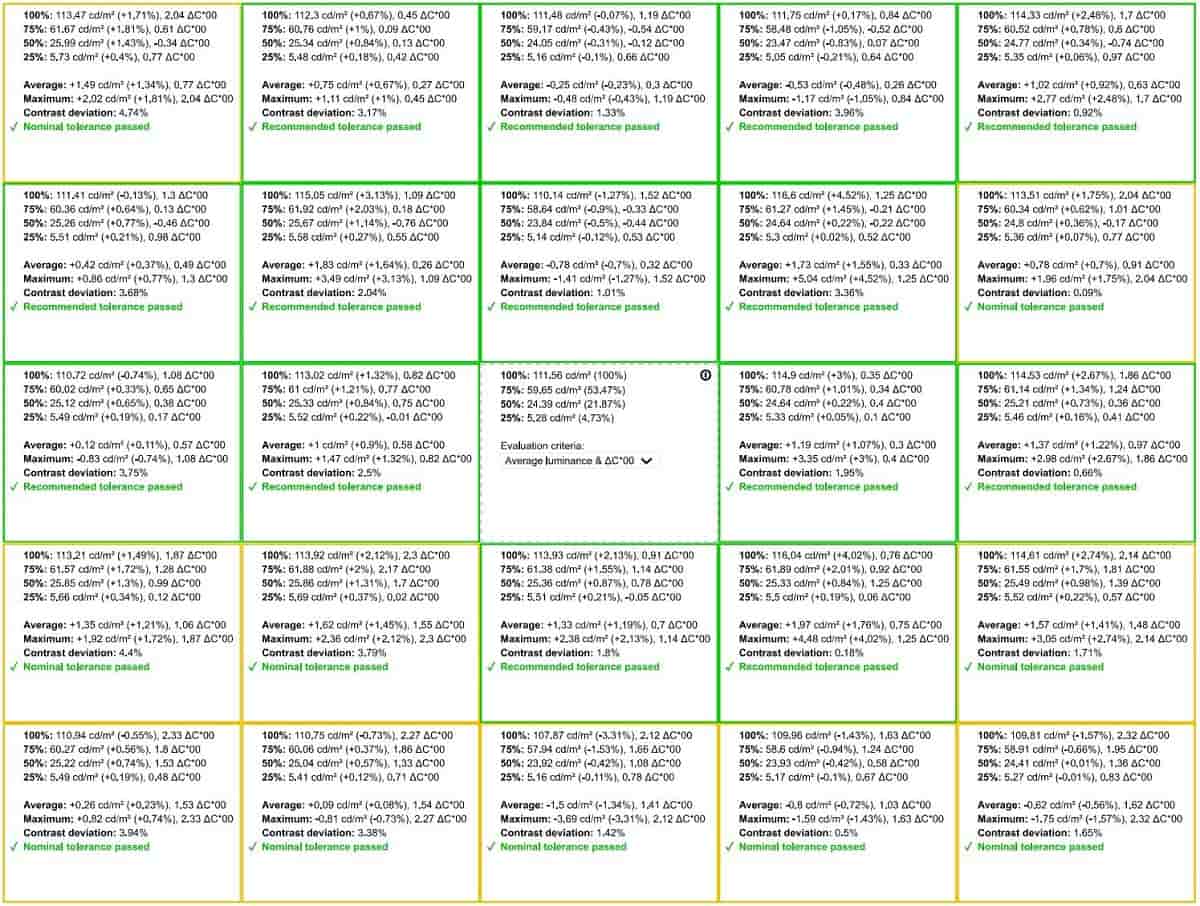
Generally, any average color variation under 1.00 is good and shows up as green in the image below, though the average consumer won’t be able to tell much difference below 3.00. Visual editors who work with color however may have a keener eye.
The results we got on the One-Netbook T1 were decent, with the majority of the screen averaging below a delta of 1.00. The bottom of the screen in particular showed greater variance than this, but the maximum delta never went above 2.33, which is still decent and would suffice for those looking to do color-work on a budget.
Brightness
We finished off our color accuracy testing by running a luminance test. On the unit we tested, we got a peak brightness of 325 cd/m² and a minimum of 7.8 cd/m² which is well below the 500 nits of maximum brightness claimed by One-Netbook and not particularly impressive, especially if you want to use the device in environments with bright, direct sunlight. To achieve the typical standardized indoor brightness of 120 cd/m² equates to a brightness setting of 35% under the brightness controls for this laptop.
Audio
Both volume and audio quality on the One-Netbook T1 speakers was very poor (notably worse than the Surface Pro 8). Even on full volume the speakers (which are located on the sides of the tablet, near the bottom when the tablet is stood up) aren’t particularly audible. Bass replication is basically non-existent. We’d therefore definitely recommend using headphones instead if you buy this tablet.
Battery Life
Just over 5 hours of battery life is what the T1 managed in our test (constant YouTube play on 50% brightness). You’ll get around 8-9 hours using the Surface Pro 8, so this isn’t ideal really, though it is around the 6 hours claimed by One-Netbook at least.
Performance, noise & temperature
Noise
The T1 remained fairly quiet throughout our testing. Even when playing CS:GO, an uptick in fan noise was noticeable, but it was still fairly quiet, certainly far quieter than your average gaming laptop.
External temperature
We never found the T1 to get hot to the touch at any point during the testing. Again, after a session on CS:GO the chassis got warm, but not uncomfortably so.
Internal temperature
The maximum CPU core temperature we recorded during all our synthetic benchmarks, plus during playing CS:GO, was 68°C, which is a perfectly reasonable temp and points to a sufficiently cooled processor that should enjoy a decent amount of longevity.
One-Netbook T1 synthetic benchmarks
We ran a few synthetic benchmarks to test how the One-Netbook T1’s Intel Core i5-1240P (28W) CPU would fare.
Cinebench produced a multi-core score of 4986, and a single-core score of 1445. This is approximately equivalent to an Intel Core i7-1165G7 score, and superior to the Intel Core i5-1135G7 option found in the cheaper Surface Pro 8 models. The more expensive Surface Pro 8 models come equipped with an Intel Core i7-1185G7, which would doubtless do better than the Intel Core i5-1240P, but would likely feel the pressure from the T1 if you were to opt for the higher-end Intel Core i7-1260P model (though we didn’t get this option to test).
Geekbench gave a multi-core score of 4662, plus a single-core score of 1259, which pretty much backs up the Cinebench results above in terms of where it places in the CPU performance hierarchy.
3D Mark Time Spy came with a CPU score of 3425 and a GPU score of 1145, unsurprising given the onboard Intel Xe graphics.
PCMark 10 gave a good indication of how the machine would perform in productivity tasks, coming back with the following scores which are fairly impressive for a tablet device.
Essentials: 9533
Productivity: 6824
Digital Content Creation: 5059
One-Netbook T1 gaming performance
The One-Netbook T1 isn’t designed for gaming, but given the power of the CPU we thought we’d give it a quick test on CS:GO, which is an older, less demanding, and more CPU-driven game than most. We recorded an average FPS of 67 on the lowest settings at 1200p resolution but with frequent frame drops as evidenced by the 0.1% FPS of 1.
In short, you’ll have a job playing even older shooters on the lowest graphical settings, but less demanding strategy titles (Crusader Kings II and the like), should run fine.
Final Word
To sum up, the One-Netbook T1 surface/tablet offers a more budget-friendly alternative to the Microsoft Surface Pro 8 that is definitely worth considering, and is the best of the Surface Pro clones out there, but with the cheaper price comes notably inferior performance in many areas. Where it scores very well is in the power of the processor (assuming you opt for either of the Intel 12th gen CPU options, which we’d recommend), the overall build quality of the tablet component, the array of ports and sockets (which actually offer superior legacy coverage than the Surface Pro 8), and the suitability of the display for color-accurate work in the sRGB space. Where it scores poorly is the somewhat short battery life, the terrible quality of the speakers, and most crucially of all, the bouncy detachable keyboard section with an awful trackpad that often just does not function when trying to click and drag.
If you’re less concerned with the 2-in-1 functionality and are looking for more of a pure tablet, then you can always buy the One-Netbook T1 without the keyboard section, in which case we’d score it a bit more highly. As a competitor to the Surface Pro though this feature does matter. Still, if you’re looking for an affordable alternative to the pricey Microsoft devices for any kind of color-based workflows, and aren’t too fussed about the slightly less smooth drawing experience, the One Netbook T1 could be the one (sorry) for you.
One-Netbook T1



